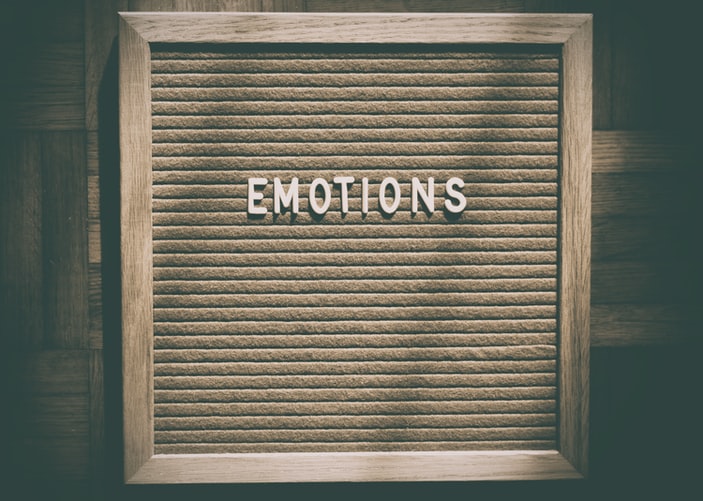UNITED STATES—Cerebral palsy (CP) is a condition that many people have heard of, but medical professionals still don’t know everything there is to know about CP. Cerebral palsy affects nearly every part of a person’s body and mind. If your child has this condition, they may have a hard time exhibiting the right behaviors at the right times. Here are some important things to look out for.
How CP Affects Behavior and Emotions
About one in every four children with CP will have behavioral issues. The children who are at the greatest risk are those who have severe pain, an intellectual disability, physical disability, or epilepsy.
Children with CP may be extremely dependent and needy, or they can be very headstrong. Some children are extremely hyper and anxious, and they may have relational conflicts with their friends and siblings often. As these children go into their teenage years, they are more prone to experience anxiety and depression.
Intellectual Issues and Behavior
Around half of the people who have cerebral palsy will have an intellectual disability. One in five of these people will have an intellectual disability that is moderate or severe. In general, if a child has a severe physical impairment, it is more likely that they will suffer from an intellectual impairment as well.
Learning Disabilities
Kids with CP are likely to experience certain challenges when it comes to learning and remembering important information. Symptoms can include a short attention span and a lack of motor skills, which can affect the way they interpret academic information.
Children with cerebral palsy may also experience difficulty when it comes to language and perception. Since children have to put more effort into concentrating on their motor skills and physical movement, they are more likely to become tired and frustrated during school.
Issues with Eating and Drinking
CP affects the muscles that control the mouth, tongue, and lips. Some individuals with CP may have a hard time chewing and swallowing food and beverages. This condition is known as dysphagia.
Cerebral palsy also affects a person’s fine motor skills, which means your child may not be able to use silverware, hold a cup, or pick food up with their hands to eat. Some children may also suffer from gastroesophageal reflux, a condition that causes stomach acid to travel to the esophagus. This can cause pain and discomfort when eating and can be very frustrating for children.
In some cases, your child’s pediatrician can prescribe medication to help with this. Some children with CP also have to use a feeding tube to ensure they are getting enough nutrients in each meal.
Physical Pain
About 75 percent of people with cerebral palsy experience physical pain daily. Pain is often due to the impairments that come with CP. These impairments include hip subluxation, gastroesophageal reflux, abnormal posture, and skin and muscle tissue breakdown.
When a child is in pain, this affects their behavior. They may avoid daily tasks and refuse to become more independent. It’s best to talk to your child’s doctor about the medications your child can take to alleviate pain.
Issues with Communication
CP affects an individual’s ability to coordinate their mouth and tongue muscles that are necessary for speech. Some children are not able to coordinate taking breaths and speaking, which is why they may sound breathy or hoarse. Some people who have CP won’t produce any sound. About one in four people who have CP can not speak.
The neurological issues sometimes associated with cerebral palsy can qualify your child to receive compensation. If you can prove that your child developed CP as a result of medical staff negligence or malpractice, it’s best to get in touch with a lawyer as soon as possible to review your child’s medical history and determine whether you are entitled to a settlement.
Katherine Webre is a passionate writer with years of experience in legal. She has dedicated her career to represent the most vulnerable among us, children who have suffered severe injustice. Beyond legal action, Katherine also takes up the pen to raise awareness and inform audiences about birth injuries. By sharing her expertise, she hopes to empower people to act against any prejudice and works as a collaborative editor for Birth Injury Lawyer.








